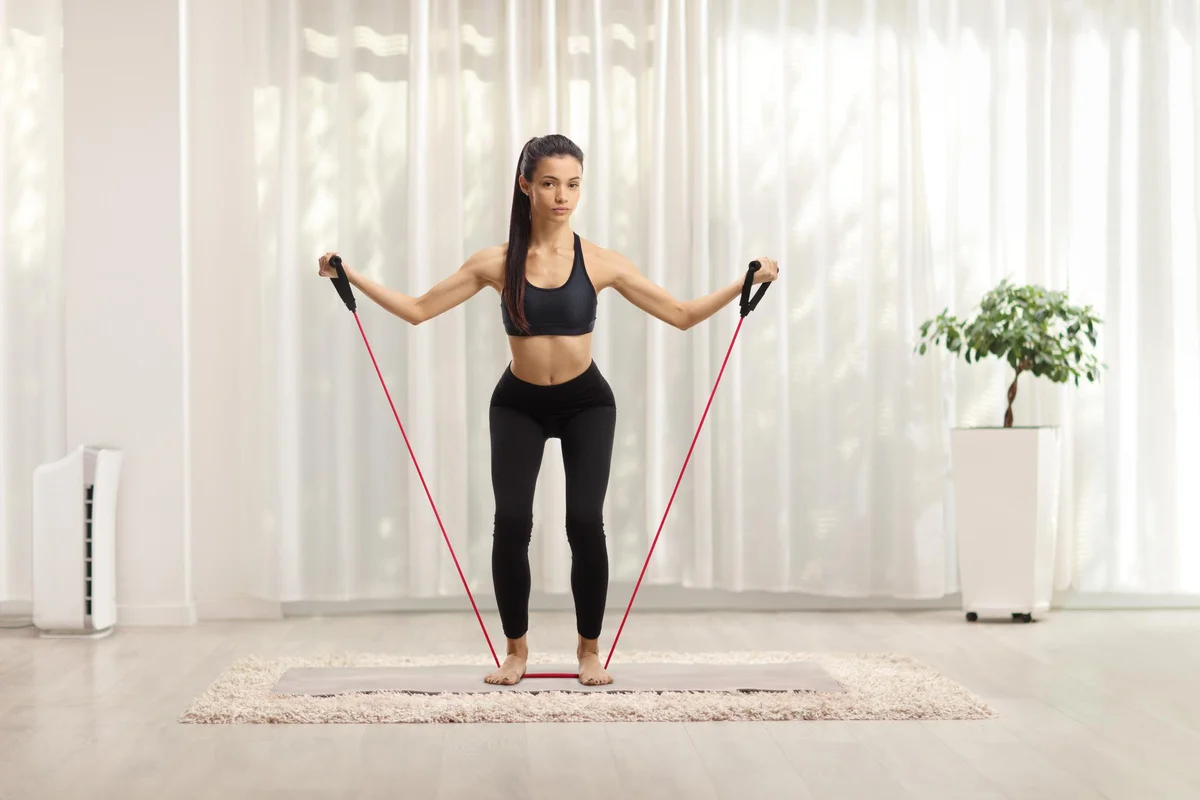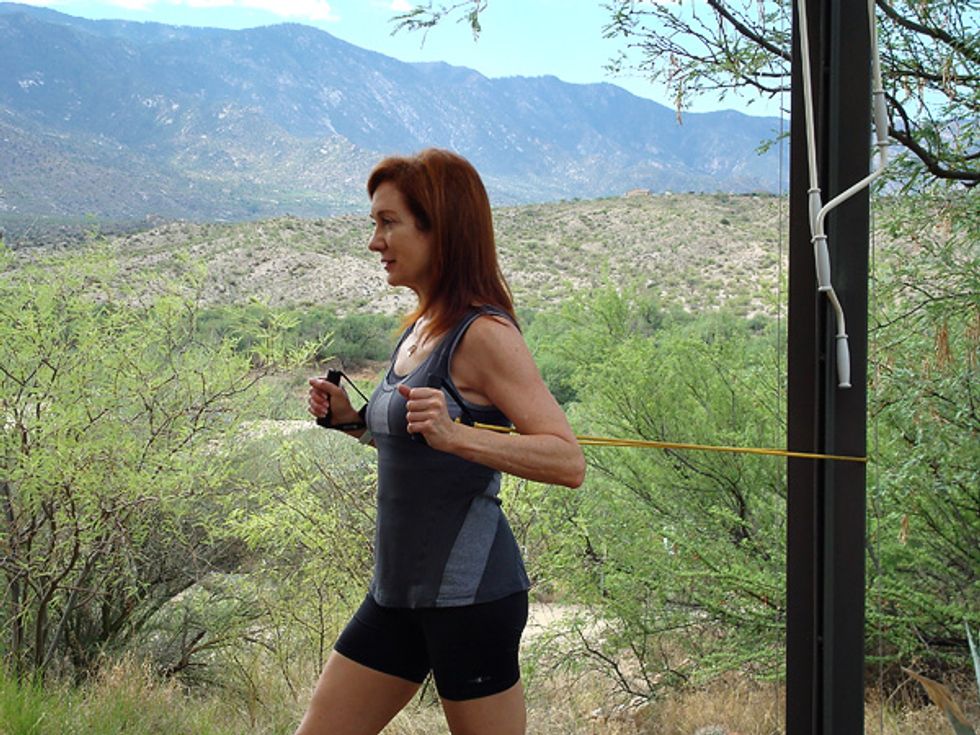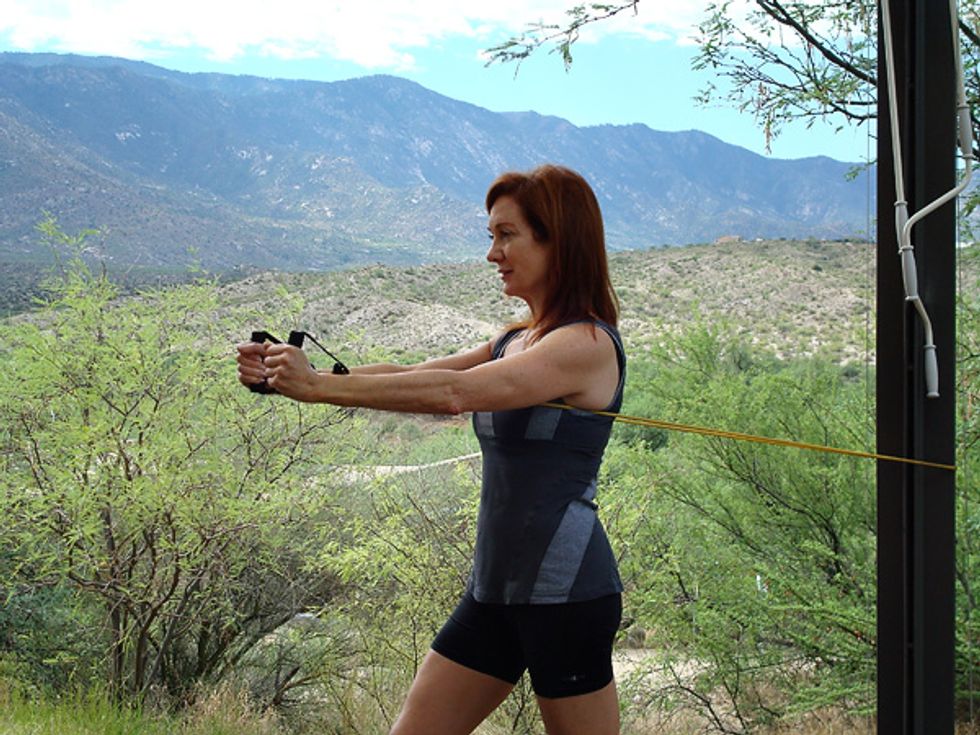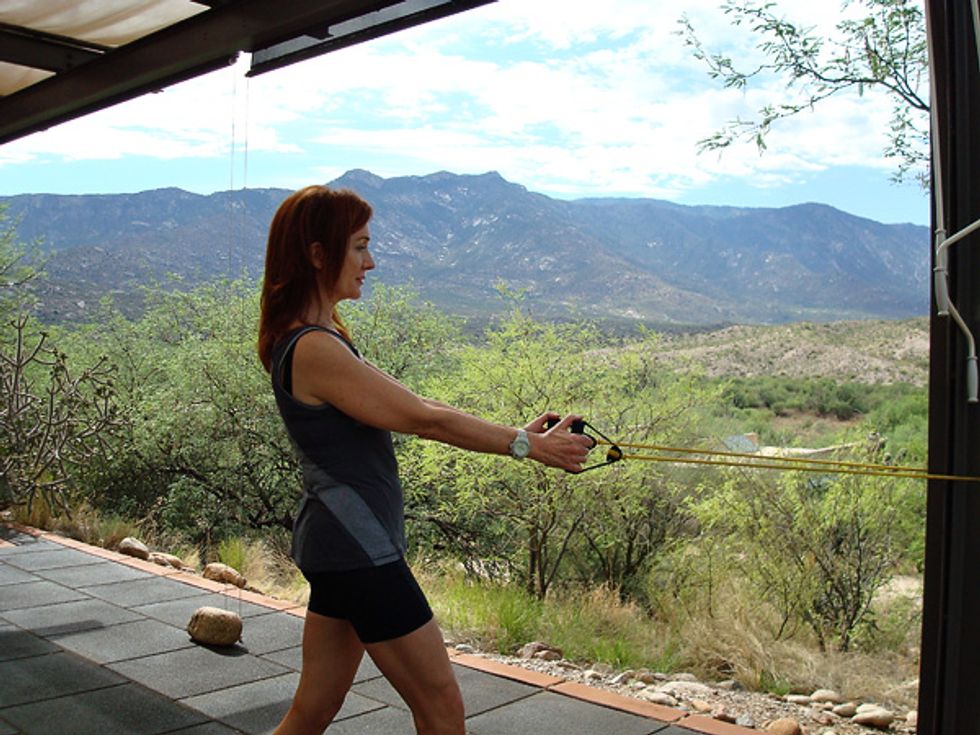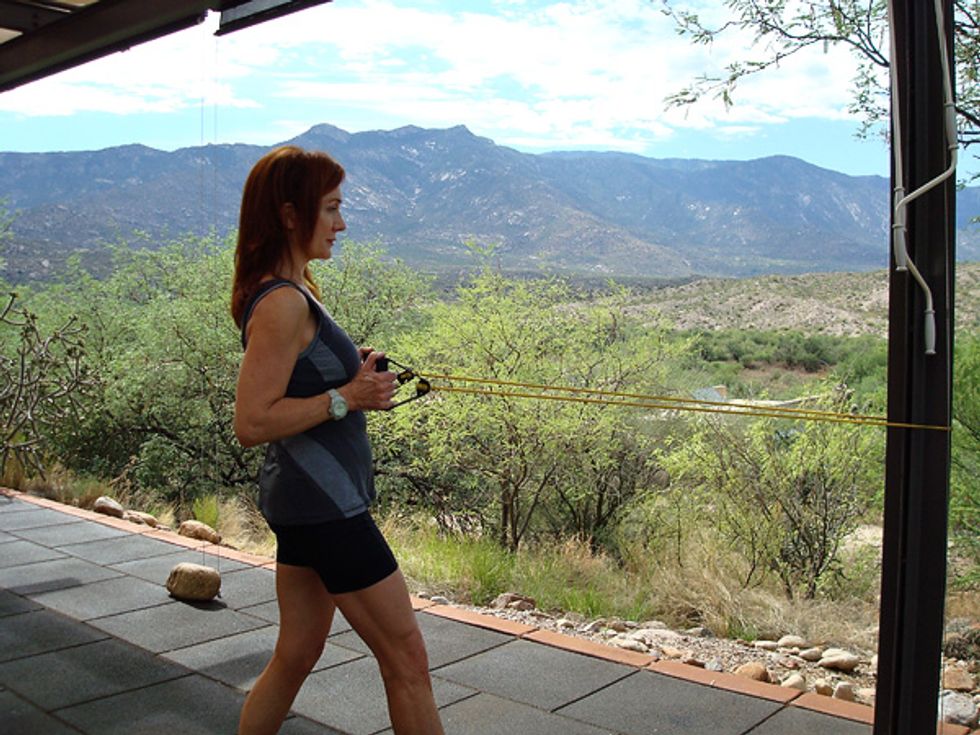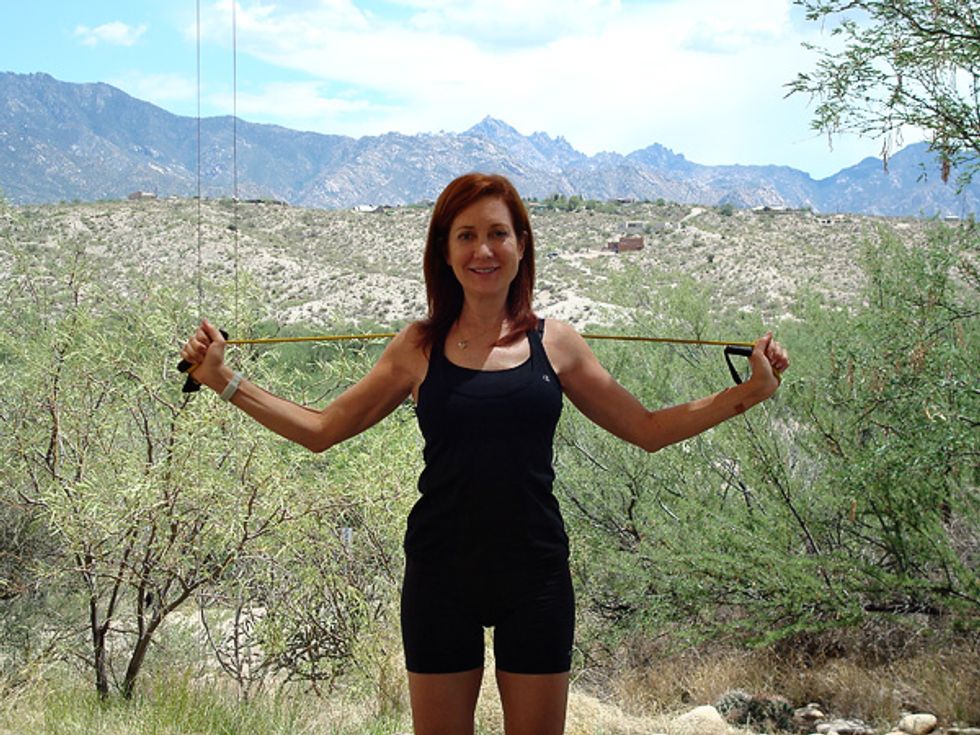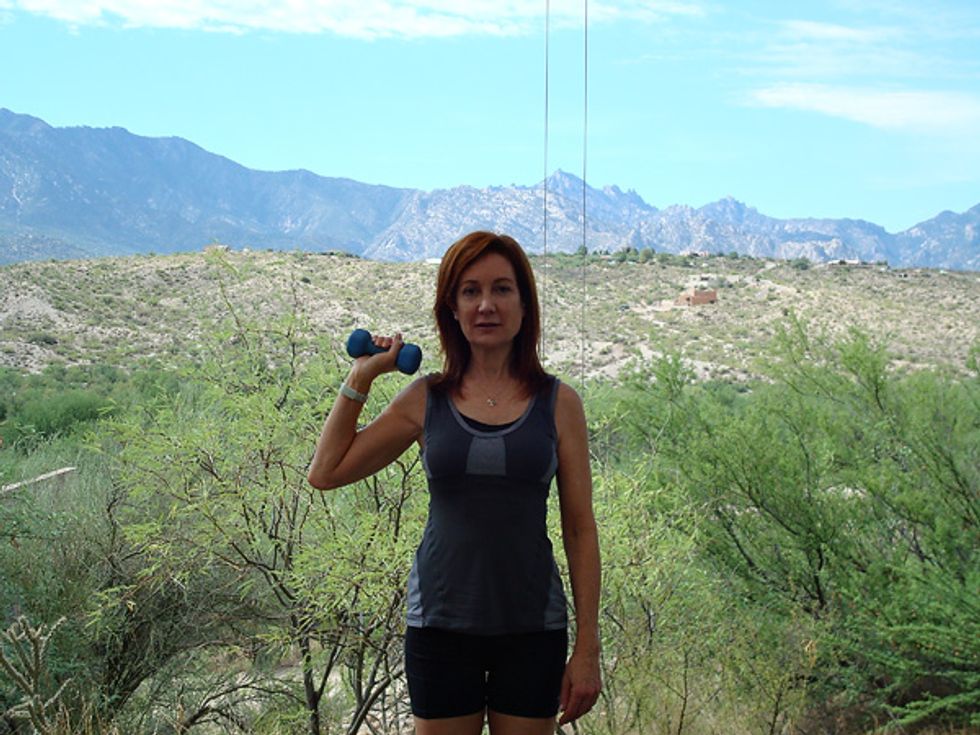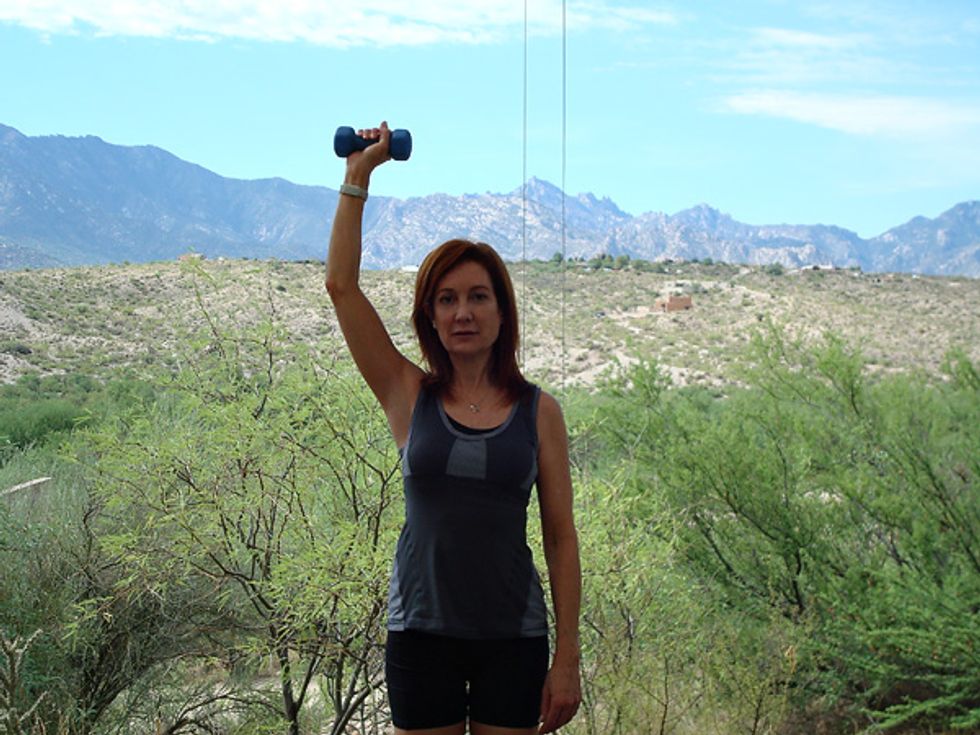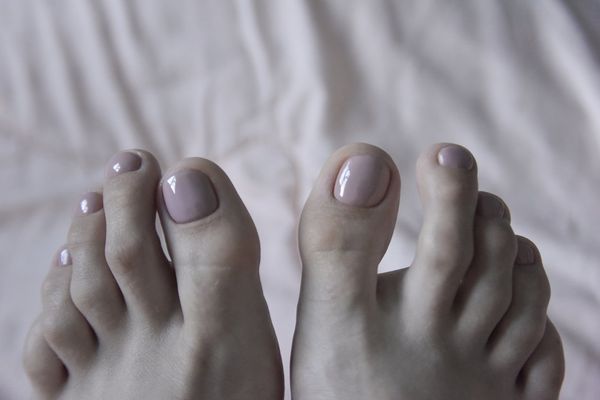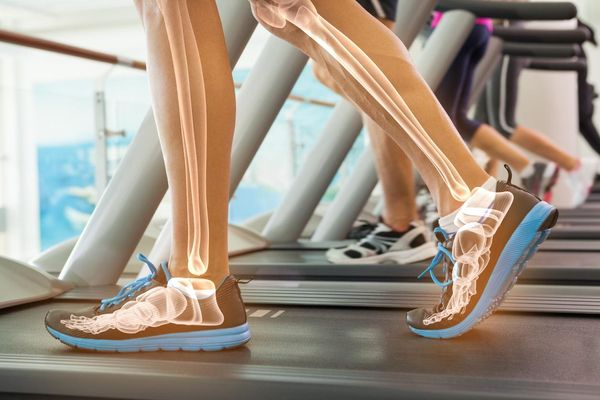Combining different types of exercise is most effective at preventing spinal bone loss in postmenopausal women.
When I see 20-somethings suffering through so much self-doubt, soul-searching and peer, career and other pressures, I celebrate the fact that those tough times are—for the most part—behind me. Yes, that's one of the positive sides of aging: the freedom to move unencumbered and without regard to those pesky inner voices of doubt.
But here's the thing: to remain unencumbered is not only a challenge for the mind, but a challenge for the body as well. And the best way to stay unencumbered, body-wise, is to exercise. Plain and simple. If you want to stay free of osteoporosis, fractures and falls—and these are real possibilities as we age and as our bone mass decreases—you have to challenge and strengthen your muscles.
You might be nodding your head in agreement, but at the same time your inner voice is nagging at you, saying things like, "I don't have time!" or "I hate to lift weights," or "Bone loss? That'll never happen to me," or even "I'd rather have a root canal without anesthesia than lift weights."
What if I told you there are only a few exercises that can help keep your bones strong—and all of them can be done without ever setting foot in a gym?
When I visited the beautiful and serene Miraval Spa in Tucson, Arizona, a few weeks ago, I met a member of their extraordinary fitness staff, Signe Elwick. I had just finished a lively spin class with Signe (pronounced "SIG-NEE) and she was heading off to teach another class, this time water aerobics. Impressed with both her energy and her knowledge, I scheduled a meeting with her later that day. When we met at 4 p.m. (I was ready for a nap, but somehow she was still raring to go), I explained my goal: to offer my readers a few easy-to-do strength exercises that they could do at home without complicated or expensive equipment. "Easy!" she said.
We met the next morning. With me as the model and the luminous desert as the backdrop, we shot some photos to prove the point.
Here's the first installment. Try them tonight when you're watching TV and tempted to act like your favorite spud. Later this week, I'll post the second installment—a few more exercises to strengthen your upper half. Once you get those, you can go over what you learned from today's post and put them all together. Before you know it, you'll have a do-it-yourself, low-tech and highly effective workout that will keep you unencumbered for years to come.
Still not convinced? Here's what some experts have found:
- Even short periods of exercise can help loosen up tight muscles and help bring the body into better alignment. A recent study found that office workers who had frequent neck and shoulder pain but were otherwise healthy, reported on average a 1.4-point decrease in pain on a 10-point scale when they did lateral raises for 2 minutes a day over 10 weeks.
- An updated Cochrane review confirms that strength exercises boost bone density in postmenopausal women with osteoporosis when compared to their sedentary peers.
Before you begin, you might want to consider scheduling one meeting with a personal trainer or physical therapist to help you become familiar with proper form (remember: the better your form, the better your results). If done incorrectly, you risk sprains, strains or other painful injuries—not to mention scrapping the whole idea.
1.
Chest Press (with anchored resistance band)
Muscles worked: Pectoralis major, anterior deltoids (shoulders), triceps
Why you need these muscles: For any "pushing" activities (like pushing a heavy door open)
Tip: Don't lock elbows.
How to: Wrap the band around a strong base, like a pillar or pole. Face away from the anchor in a shoulder-width stance. Press arms forward. Perform two sets of between 8-12 repetitions, resting for 30-60 seconds between sets.
2.
Row (with anchored resistance band)
Muscles worked: Rhomboids, trapezius, latissimus dorsi, triceps.
Why you need these muscles: To maintain proper posture
Tip: Don't arch back or lock elbows.
How to: Face anchor, feet shoulder-width apart. Pull arms back, squeezing shoulder blades together.
3.
Lat Pull (with resistance band)
Muscles worked:
Latissimus dorsi
Why you need these muscles: To keep chronic shoulder and back pain at bay.
How to: Hold band with hands approximately shoulder-width apart. Pull band wide and around head to top of back. Slowly return to start position.
4.
Single Arm Overhead (with 3-8-pound dumbbells)
Muscles worked:
Shoulders
Why you need these muscles:
To reach overhead (i.e., get something heavy from an overhead shelf).
How to: Can be seated (on a chair or balance ball) or standing. Start with the dumbbell next to the shoulder; palm facing forward. Press the weight from the shoulder past the ear straight up toward the ceiling.
You might also want to read:
Start Strength Training for Good Health
To read some dos and don'ts of strength training, click here
And here's an example of what a resistance band looks like and a couple of places to purchase home equipment:
At Amazon.com
At Gaiam.com

